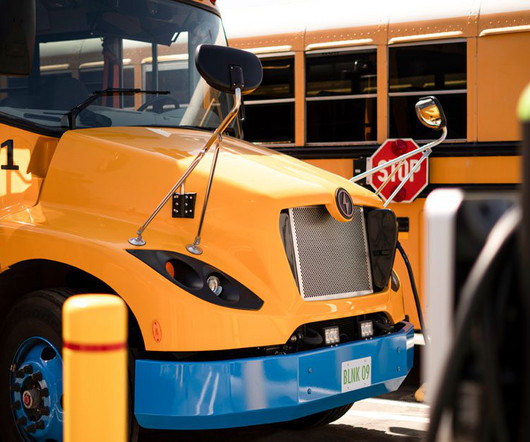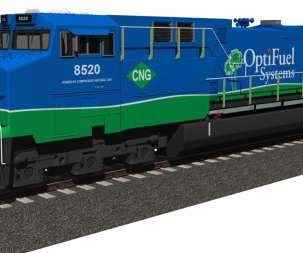Why Electric Buses Are the Healthy School Choice
Blink Charging
NOVEMBER 28, 2023
Vehicle fleets across the United States are transitioning from internal combustion engine (ICE) to electric vehicles, and that includes school bus fleets. Electric school buses have no tailpipe emissions, so students are not directly exposed to harmful vehicle fumes when on or near the bus.











Let's personalize your content